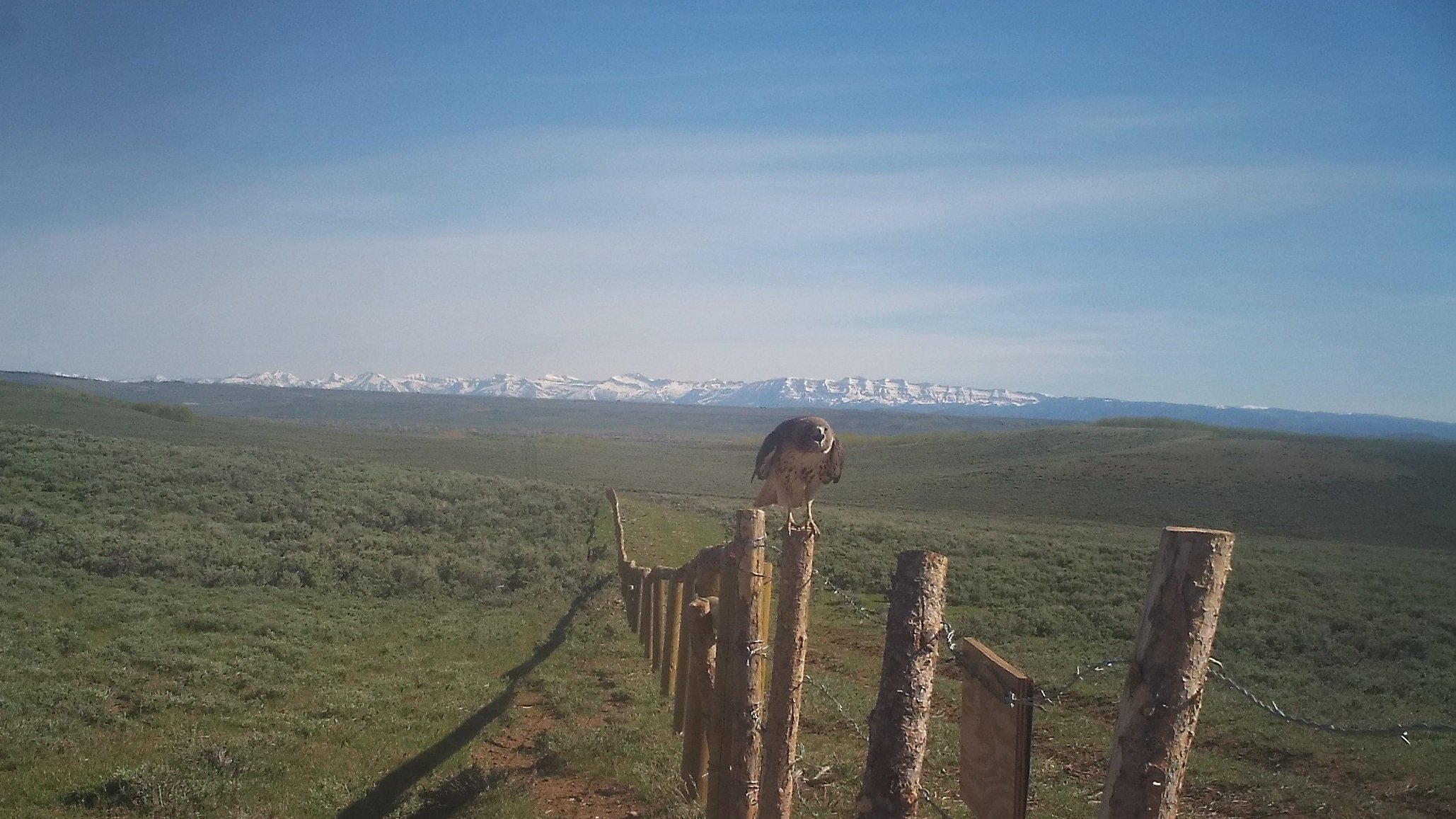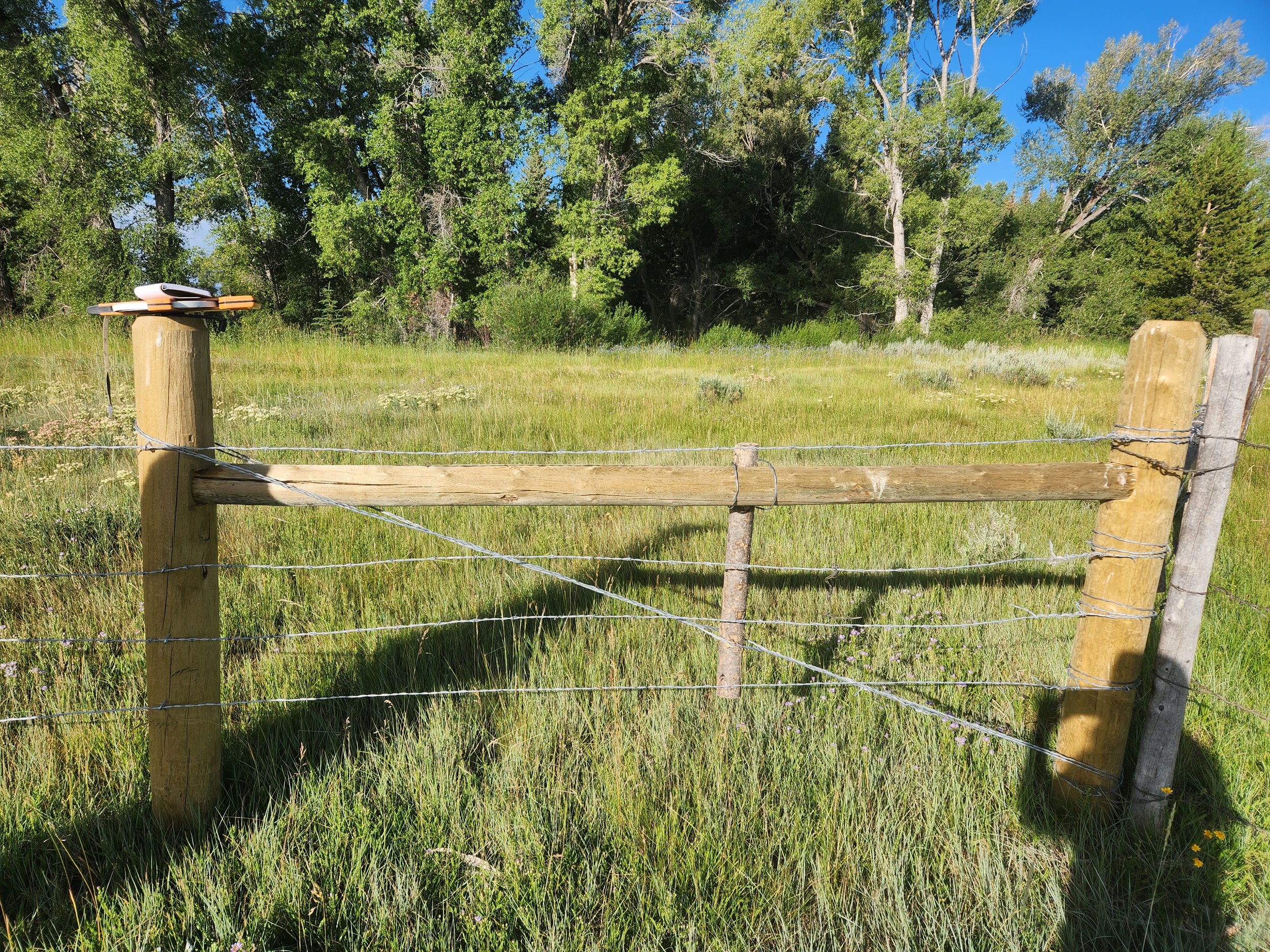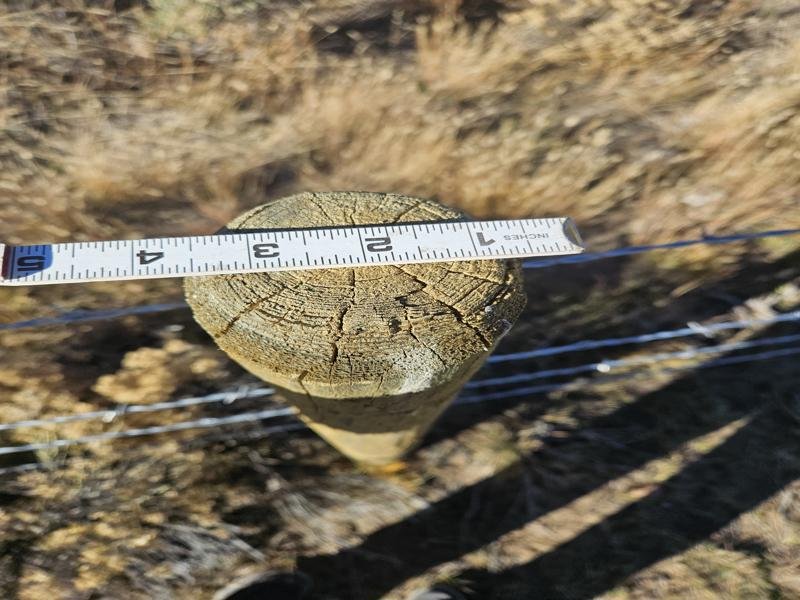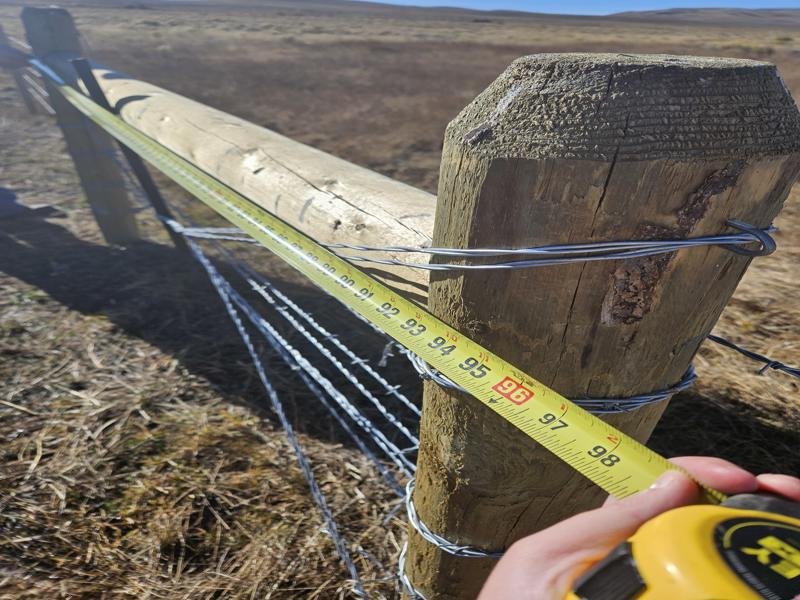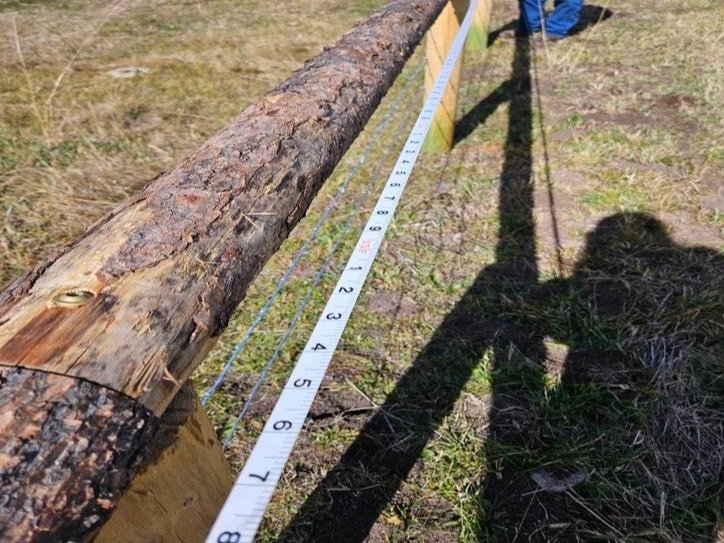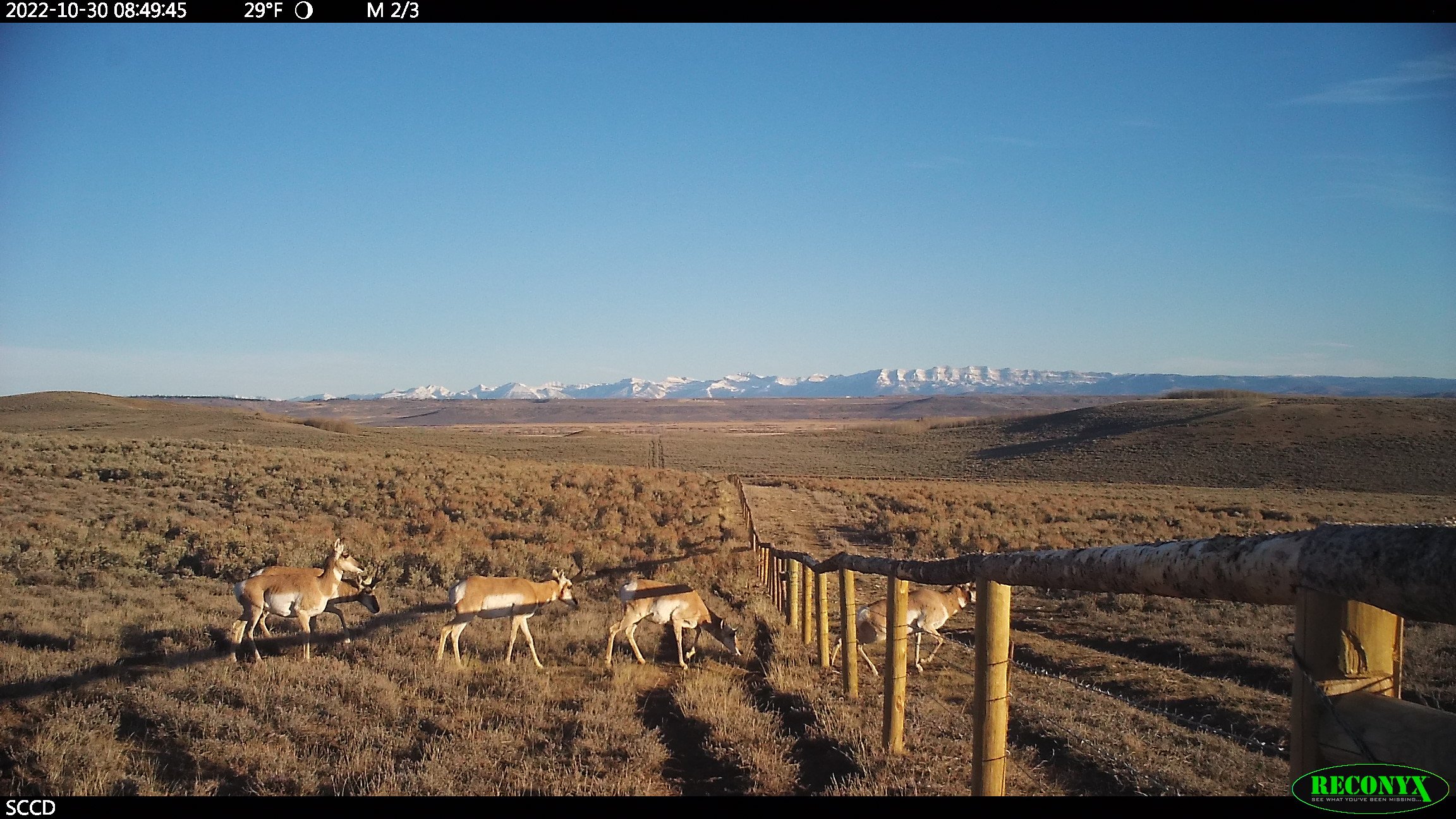Wildlife Friendly Fencing
Sublette County, Wyoming sustains the longest migration pathway ever recorded in the lower 48 states and supports wildlife habitats for mule deer, elk, moose, pronghorn, and sage-grouse. Wildlife must navigate many barriers on the landscape like roads and fences, leading to injury or death. SCCD is working with various partners including NRCS, WGFD and many others through the Upper Green River Basin Migration Fencing Initiative to enhance permeability for wildlife passage. This initiative aims to identify and implement wildlife friendly fence modification projects in the WGFD designated Sublette Mule Deer Herd Migration Corridor and other crucial habitats by modifying, replacing, or removing problematic fences for big game animals. Providing an opportunity for private landowners and permittees to implement wildlife friendly fence conversions helps ease financial burden to deliver a fence that has long-term integrity for both wildlife permeability and livestock management.
Steps for wildlife friendly fence conversion
Initial contact: Be prepared to answer questions about your property and current fences
Inventory: A technician will come to your property and do a walkthrough of your fences both perimeter and internal. From this data a map of your properties fences will be made.
Ranking: SCCD and partners will look through fences inventoried that year and make a ranked list of fences based on proximity to wildlife habitats, condition of fence and other factors.
Funding search: Based on the ranking SCCD will begin looking for funding for fences. Once funding is found, chosen landowners will be notified.
Contracting: Landowner agreements, fence planning etc.
Fence building: Fences can be built either through a contractor or by the landowner. Fences must be built to the specifications given to the landowner.
Certification: After the fence is finished a technician will inspect the fence and ensure it meets specifications. Once specification are met, payment will be processed.
For more information or if you are interested in fence conversion please contact Melanie Purcell mpurcell@sublettecd.com.

